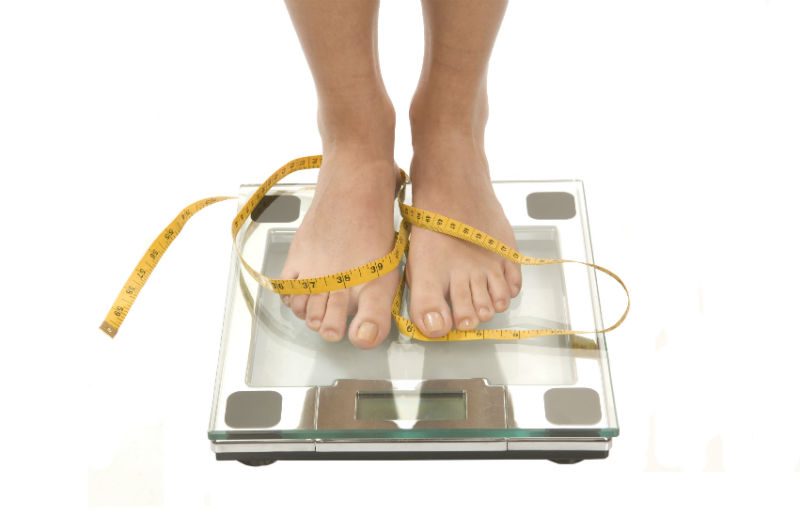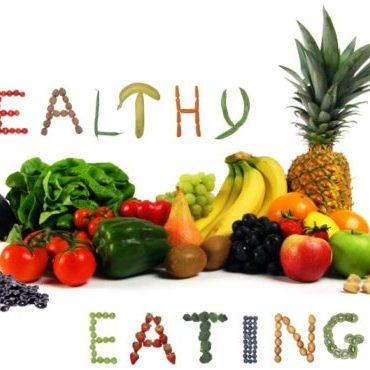 A 50-year-old can function like a 70-year old or a 30-year-old – it is up to you!
A 50-year-old can function like a 70-year old or a 30-year-old – it is up to you!
I am vegetarian and need to lose about 5 kg. I cannot eliminate meat from my diet to cut calories – it is already gone! What else can I do?
A vegetarian diet isn’t necessarily a low calorie one. You still have to watch for added sugars and unhealthy fats in foods – such as that 600 calorie coffee shop muffin. Aim for a diet that is 40% carbohydrate, mostly from vegetables, fruit, and whole grains, like brown rice, and whole-wheat bread and pasta; 30% plant-based protein, like nuts and beans; and 30% fat – something your body might crave since you have given up meat. Healthy fats found in peanut butter, avocados, and olive oil will help you feel satisfied so you are less likely to snack mindlessly. Still, got the munchies? Try good-for-you items, like carrots and hummus. If your diet includes dairy, go for non-fat or low-fat options, and remember portion control in everything you consume. Cheese can be a healthy treat, but you can’t get away with eating a kilo of it. And watch what you sip: A number of vegetarians forget to pay attention to juices, sodas and sports drinks, which can be loaded with unnecessary calories. Exercise daily for an hour.
What is the best time of day to snack?
If you are using in-between meal noshing as a weight-loss strategy so you are less starving at meals, recent research suggests the afternoon is optimum. A study in the Journal of American Dietetic Association found that dieters who snacked in the a.m. lost 7% of their body weight during the course of a year, while those who grabbed a bit post-lunch instead lost 11%. Given the short time between breakfast and lunch, morning nibblers may be eating as much out of habit as hunger, since they also tend to consume afternoon snacks, it increases the chance of taking in unnecessary calories. So rethink your morning munchies, and you may shed a few kilos. Remember all snacks must be eaten sitting down and on a plate at the table so you are aware of what you are consuming. Eat your snacks slowly and chew your food well.
 I have gained so much weight since I reached menopause. All my friends are complaining. Can you give any suggestions, please!!! I eat the same as I always have and the scale continues to go up.
I have gained so much weight since I reached menopause. All my friends are complaining. Can you give any suggestions, please!!! I eat the same as I always have and the scale continues to go up.
Your metabolism takes the greatest hit at menopause which usually occurs around the age of 52. Thanks to all the hormonal changes, you don’t absorb protein as well as you used to and muscle loss accelerates. Before you were losing up to 2 kg of muscle per decade, now it is up to 4 kg. But just as it is crucial to stay active, many women in this age group become less so, especially if they are experiencing back or joint pain. Stay active and cut calories! Keep moving! Low-impact activities like swimming, cycling and brisk walking may even alleviate joint and muscle pain. (just get the okay from your doctor first). Varying your cardio routine from day to day is also the key, as it can help prevent overuse injuries. Do strength training three times a week as you get older if you want to stay strong. To stay slim, find ways to trim calories at every meal. Keep portions small and don’t pick and snack. Eat three fewer bites, cook with less oil, have an extra serving of veggies and half the amount of starchy foods like pasta or potatoes. Extra protein is also essential for warding off weight gain, so pack enough healthy sources – such as fish, lean meat, and low-fat dairy into your diet. Be consistent, know that your efforts will ultimately impact how you feel.
Can you please explain the difference between allergies and intolerances? So many people seem to have so many dietary requirements. As a restaurant owner, it has become extremely difficult to satisfy the demands of the public.
Allergies and intolerances to food are two different issues. Food allergies occur when the body’s immune system mistakes a component in food (usually a protein) as being harmful and creates a defence system to fight against it. Allergy symptoms, such as hives, diarrhoea, swelling of the airways and shortness of breath develop when antibodies fight against the ‘invading’ food.
Food intolerances are more prevalent and involve the digestive system rather than the immune system. Natural and artificial chemicals found in a wide variety of foods can irritate the digestive system, leading to symptoms such as nausea, vomiting, diarrhoea, bloating and stomach pain. Food intolerances can also occur when a person is unable to properly digest or break down food. One of the most common food intolerances is lactose, a natural sugar found in milk and other dairy products.
When shopping for foods that address special dietary needs, people are also seeking nutritious choices. Interest in gluten- or dairy-free products is growing, while 33% of consumers are looking for a lactose-free claims on products. Many are also making the lifestyle choice to follow a vegetarian or vegan diet. The label should tell you everything you need about whether a food product meets your needs. It is exceptionally difficult as a restaurateur to satisfy the more varied requests (demands) of customers, and it appears to be getting worse.
 How can I tell if I have diabetes?
How can I tell if I have diabetes?
Firstly you must see your doctor if you have any suspicions that you might have diabetes. Early detection and treatment of diabetes can decrease the risk of developing the complications and harmful effects of diabetes such as damage to the eyes, heart, blood vessels, nervous system, teeth and gums, feet and skin, or kidneys. Studies show that keeping blood glucose, blood pressure, and low-density lipoprotein cholesterol levels close to normal can help prevent or delay these problems of diabetes. The following symptoms of diabetes are typical. However, some people with type 2 diabetes have symptoms so mild that they go unnoticed.
Common symptoms of diabetes:
– Urinating often
– Feeling very thirsty
– Feeling very hungry – even though you are eating
– Extreme fatigue
– Blurry vision
– Cuts/bruises that are slow to heal
– Weight loss – even though you are eating more (type 1)
– Tingling, pain, or numbness in the hands/feet (type 2)

